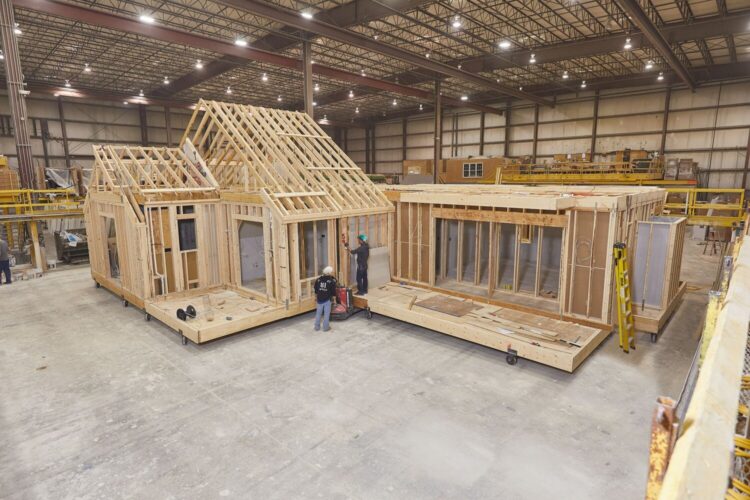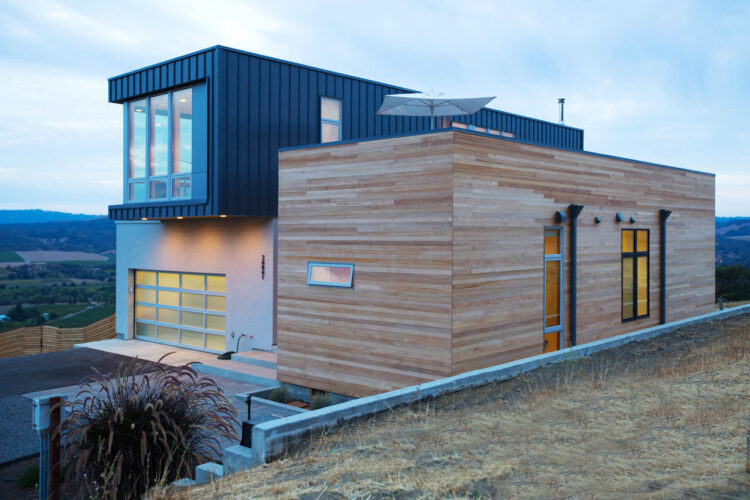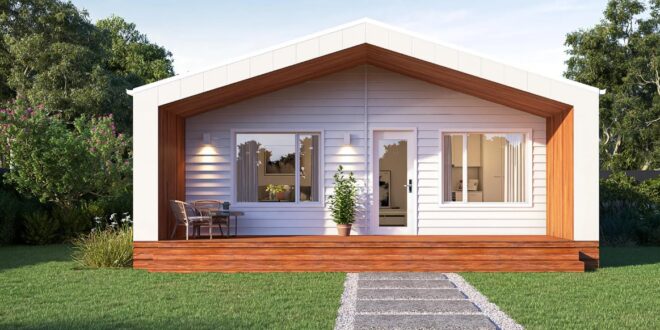In the world of home construction, the debate between modular homes and traditional builds often centers on durability and longevity.
Many prospective homeowners wonder which type of construction is more likely to withstand the test of time.
Before you make a choice, you can always consult with a modular home builder about the design, costs, and whether it is a good choice for the particular space.
While both modular homes and traditional builds have their own set of advantages and challenges, a closer look at their construction processes, materials, and maintenance requirements can provide insight into which type of home might “fall apart” first.
Construction Process and Quality Control
Modular homes are constructed in a controlled factory environment, where each section (module) is built to precise specifications. This environment allows for stringent quality control measures, ensuring that every component meets high standards.
Factory construction protects building materials from weather-related damage, such as rain or extreme temperatures, which can occur on traditional construction sites. The consistent quality and protection from the elements often result in a more durable and reliable structure.
Traditional homes, built entirely on-site, are exposed to varying weather conditions throughout the construction process. While experienced builders can manage these challenges, the potential for weather-related delays and damage can impact the overall quality of the construction.
However, traditional builds benefit from customization and flexibility, allowing for design adjustments and on-the-spot problem-solving that factory-built modules cannot always accommodate.

Materials and Building Codes
Both modular homes and traditional builds use high-quality materials, but the controlled environment of a modular home factory often leads to less waste and more efficient use of resources. Modular homes are required to meet the same building codes and standards as traditional homes, ensuring that they are just as safe and sturdy.
In fact, because modular homes must endure transportation from the factory to the building site, they are often built with additional reinforcements, making them exceptionally strong.
Traditional homes, depending on the builder and the specific project, can vary in material quality. While reputable builders use top-grade materials and adhere to stringent building codes, there is always a risk of variability.
Ensuring the longevity of a traditional build relies heavily on the expertise and diligence of the construction team.
Structural Integrity and Design
Modular homes are designed to be highly durable, often exceeding the structural integrity of traditional homes. The modules are constructed to withstand the rigors of transportation and installation, resulting in a robust framework.
This additional strength means modular homes are less likely to suffer from structural issues over time.
Traditional homes, with their on-site construction, allow for more complex designs and architectural features. However, this complexity can sometimes lead to vulnerabilities if not executed perfectly. Structural integrity in traditional builds depends on the precision and skill of the construction team and the quality of materials used.

Maintenance and Longevity
The maintenance needs of modular homes and traditional builds are similar, as both require regular upkeep to ensure longevity. However, the superior construction quality and controlled environment of modular homes can lead to fewer maintenance issues over time. The precise manufacturing process reduces the likelihood of defects and structural problems, resulting in a home that remains in good condition for many years.
Traditional homes, while potentially requiring more maintenance due to on-site construction variables, can also last for generations if well-built and properly cared for. The key to longevity in both types of homes is consistent and proactive maintenance.
Conclusion
When comparing modular homes to traditional builds in terms of which might “fall apart” first, it’s clear that both offer strong, durable options for homeowners. Modular homes benefit from a controlled construction environment, stringent quality control, and additional structural reinforcements.
Traditional builds, while exposed to more variables during construction, offer flexibility and the potential for equally long-lasting quality if built by skilled professionals.
 Hi Boox Popular Magazine 2024
Hi Boox Popular Magazine 2024



